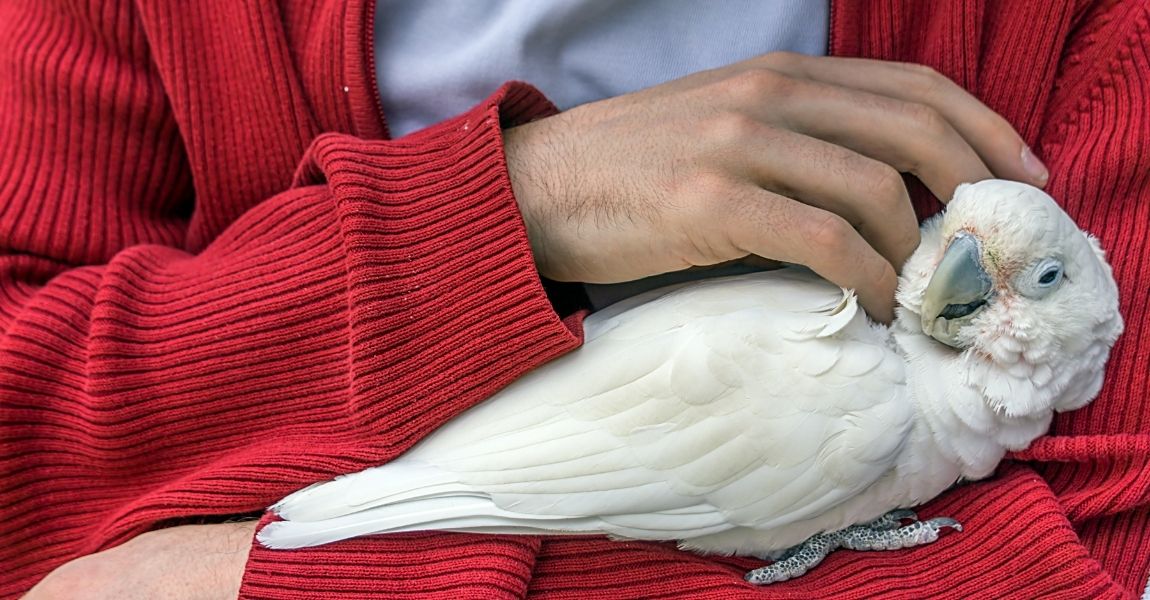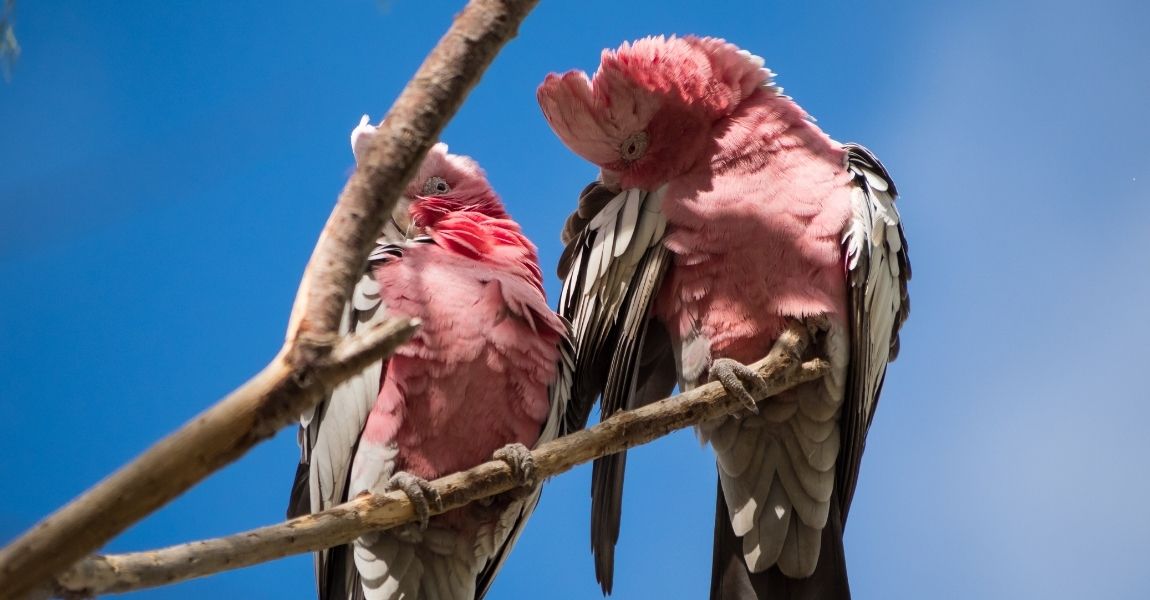Introduction:
Cockatoo parrots are intelligent and highly trainable birds, capable of learning a variety of tricks and behaviors. Training your pet cockatoo to perform tricks not only provides mental stimulation but also strengthens the bond between you and your feathered companion. In this article, we will provide a step-by-step guide on how to train your pet cockatoo parrot to do tricks using positive reinforcement techniques and a patient approach.
Establish Trust and Bonding:
Before starting the training process, establish a strong bond and trust with your cockatoo parrot. Spend time together, engage in gentle interactions, and ensure your parrot feels comfortable and safe in your presence. A solid foundation of trust will make the training experience more enjoyable and effective.
Identify Desired Tricks:
Decide on the tricks you want to teach your cockatoo parrot. Start with simple tricks such as "step up" or "wave," and gradually progress to more complex ones like "turn around" or "fetch." Break down each trick into smaller achievable steps for easier learning.
Use Positive Reinforcement:
Positive reinforcement is the key to successful training. Reward your cockatoo parrot with treats, praise, and attention whenever they perform the desired behavior or make progress towards it. This encourages them to associate the trick with positive outcomes and motivates them to continue learning.
Set Up a Training Environment:
Choose a quiet and distraction-free area for training sessions. Make sure the environment is well-lit and free from potential hazards. Use a designated training perch or area where your parrot feels comfortable and focused.
Start with Target Training:
Target training is an effective way to introduce your cockatoo parrot to the training process. Use a small stick or a target stick and teach your parrot to touch it with their beak or foot. Reward them each time they successfully touch the target, gradually shaping the behavior.
Break Tricks into Steps:
Break down each trick into small, achievable steps. For example, if you're teaching your parrot to wave, start by rewarding them for lifting their foot, then gradually shape the behavior until they lift their foot in a waving motion. Reinforce and reward each step along the way.
Use Verbal and Visual Cues:
Pair verbal and visual cues with the desired behavior. For example, when teaching "turn around," use a specific hand gesture or verbal command consistently during training sessions. Eventually, your cockatoo parrot will associate the cue with the behavior and perform it upon command.
Keep Training Sessions Short and Fun:
Cockatoo parrots have short attention spans, so keep training sessions short (around 10-15 minutes) and frequent. Aim for two to three training sessions per day. Make the sessions enjoyable by incorporating play, praise, and treats. End each session on a positive note.
Be Patient and Consistent:
Training takes time and patience. Your cockatoo parrot may not grasp a trick immediately, so be patient and avoid getting frustrated. Stay consistent with your training routine, cues, and rewards. Reinforce the desired behavior each time and gradually reduce the frequency of treats as your parrot becomes proficient.
Practice, Reinforce, and Expand:
Once your cockatoo parrot has learned a trick, continue practicing it regularly to maintain their proficiency. Reinforce the behavior intermittently with treats and praise. Once your parrot is comfortable with one trick, move on to the next, expanding their repertoire of tricks.
Conclusion:
Training your pet cockatoo parrot to perform tricks is a fun and rewarding experience that deepens the bond between you and your feathered friend. Remember to establish trust, use positive reinforcement, break tricks into achievable steps, and keep training sessions short and enjoyable. With patience, consistency, and a positive approach, your cockatoo parrot will amaze you with their intelligence and ability to learn and perform tricks. Enjoy the training journey and the special moments you share with your talented and entertaining companion.





